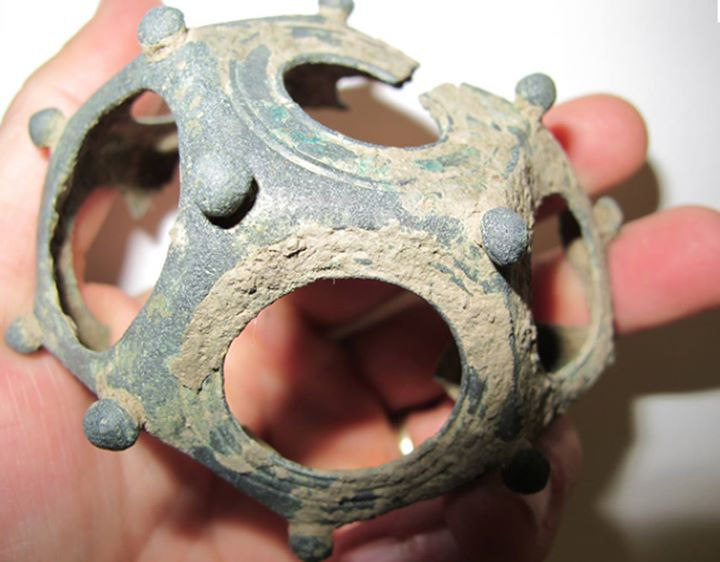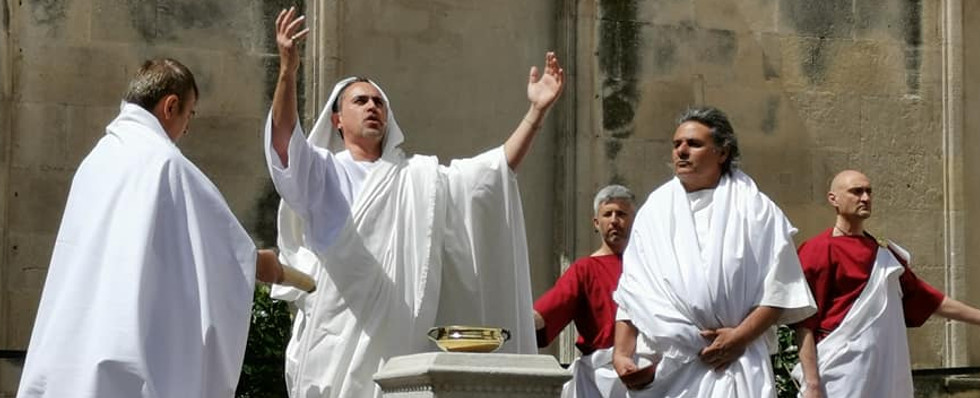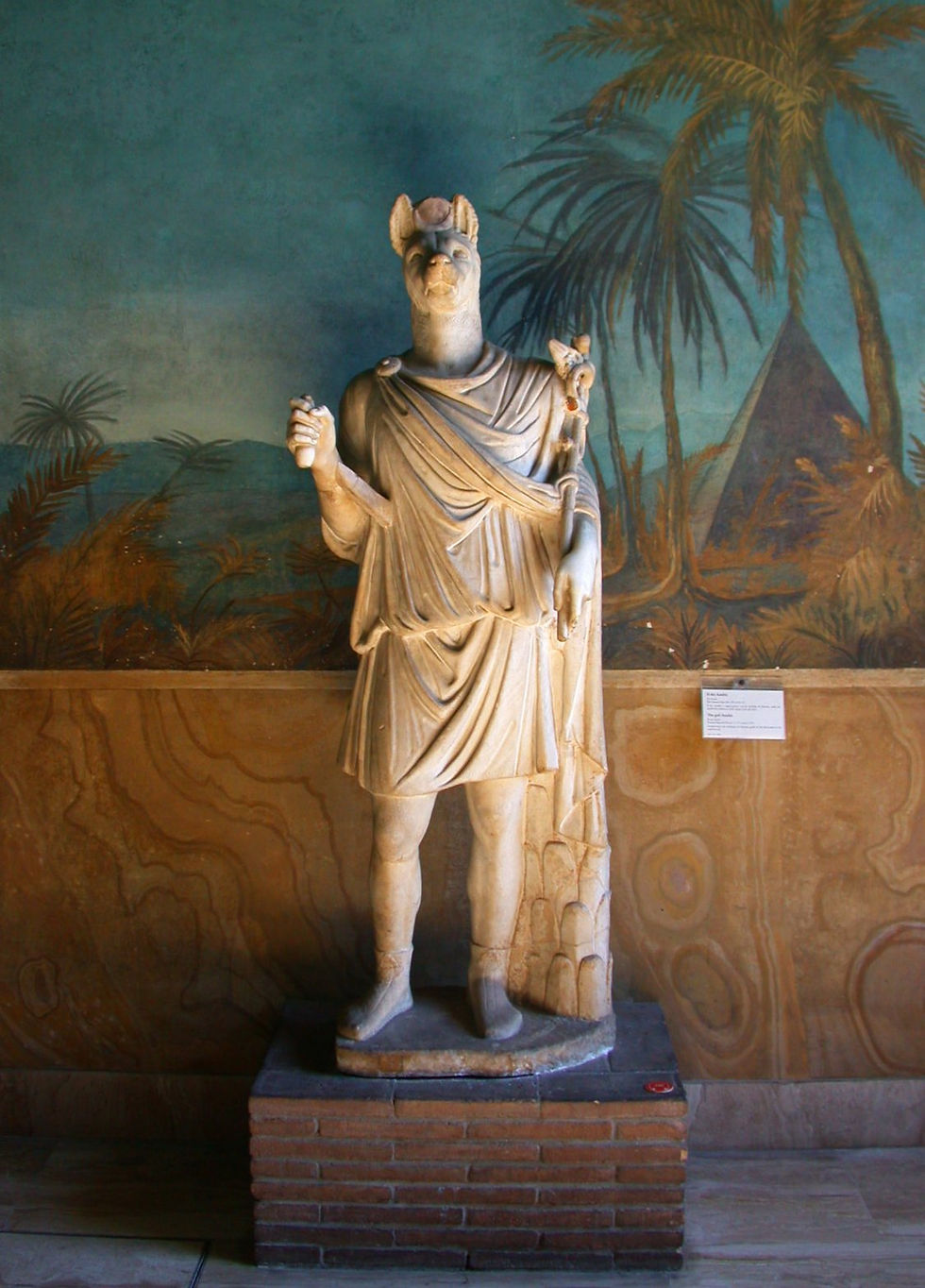Do you know about gallo-roman pierced and studded dodecahedra ?
- associationenarro
- Aug 8
- 3 min read
They are hollow volumes cast in bronze using the lost-wax technique, with 12 equal faces (dodecahedra), composed of 20 vertices and 30 edges. Each face is pierced with a circular opening and each corner is provided with a small sphere. Concentric circles are sometimes engraved around the openings.

Out of about one hundred dodecahedra inventoried, thirty come from France (in Gallia Belgica and southern Gallia Lugdunensis (Burgundy, western Franche-Comté, and northern Rhône-Alpes)). The others have been unearthed in Austria, Belgium, Great Britain, Hungary, the Netherlands, Switzerland, the former Yugoslavia, and especially in Germany. The sites are mostly located north of the Alps, in a perimeter that roughly corresponds to that of the ancient Celtic civilization. None have been found around the Mediterranean (Italy, Spain, Greece, Egypt,...). We have sufficient knowledge of the archaeological context in only nine cases. The origin of twenty-two dodecahedra is completely unknown. For thirty-three others, we only have a simple mention of the site of origin, sometimes with a vague description of that site, with all precision regarding the archaeological context being lost. When their origin is known, they appear to be linked to a Roman context. The sites belong to very diverse categories: military camps, urban blocks (insulae), baths, near a theater, tombs, and even accompanying coins buried at the end of the fourth century A.D.
These geometric figures, which appeared between the 2nd century and the end of the 4th century A.D., remain an enigma for archaeologists; in the current state of research, nothing allows their function to be determined. Many hypotheses have been put forward as to the precise function of these dodecahedra. The most diverse (and even most fanciful) interpretations have been put forward about these objects, ever since the first antiquarians became interested in them during the reign of the French king Louis XV ! The most common ones suggest a surveying instrument, a scepter pommel, a candelabrum, a calibrator, an instrument for measuring distances, a jeweler's template, a toy or cup-and-ball, a gaming die or a die used to predict the future, a masterpiece of craftsmanship, or an element illustrating Pythagorean theories...

Two radically different types of conceptions are thus opposed: those that we can qualify as purely utilitarian and those, more loaded with symbolism, to be related to Roman Pythagoreanism and the mysticism of numbers (12 zodiacal signs). The latter find an application in acts of divination or consultation by lot, since these dodecahedra would symbolize the universe (see Plato).
In 1982, a dodecahedral die made of lead coated with silver was unearthed at the archaeological site of St. Peter's Cathedral in Geneva. This new discovery reignited the debate and steered it toward a mystical-religious path. Dated to the 4th century AD, this dodecahedron has a sign of the Zodiac engraved on each of its faces, which suggests that it was probably used for divinatory games. This theory is also based on the relationship between Greek and Celtic civilizations. The link between the numerical symbolism of the druids and the Pythagorean conception of arithmology is easily highlighted. The bronze dodecahedron, a reproduction of the Pythagorean dodecahedron, would have been associated with astronomy and astrology. Its 12 faces would represent the signs of the zodiac and the months of the year, and the 30 edges the days of the month. It is in this way that it would have become an instrument for predicting the future.




Comments